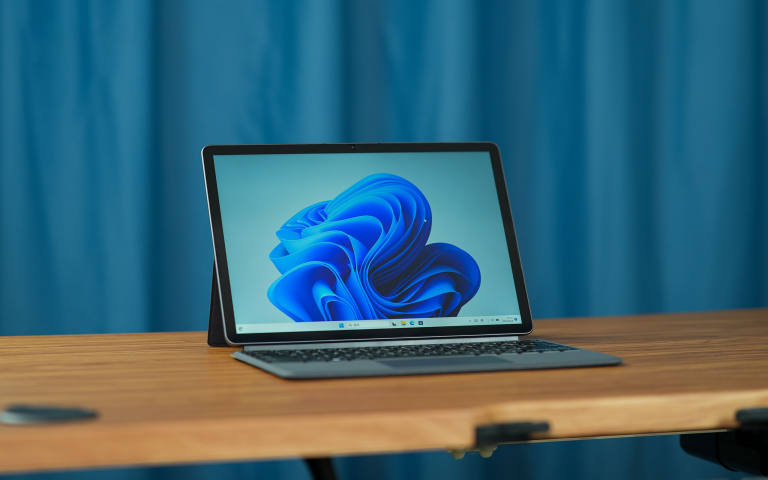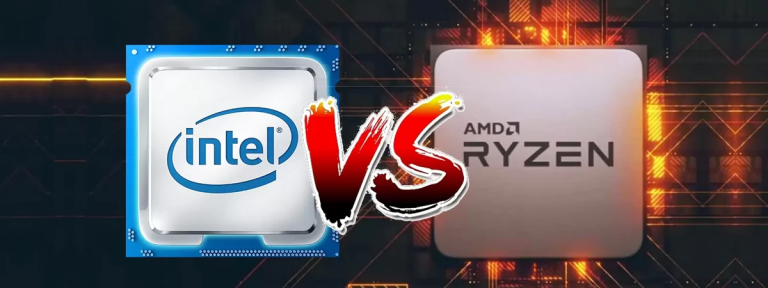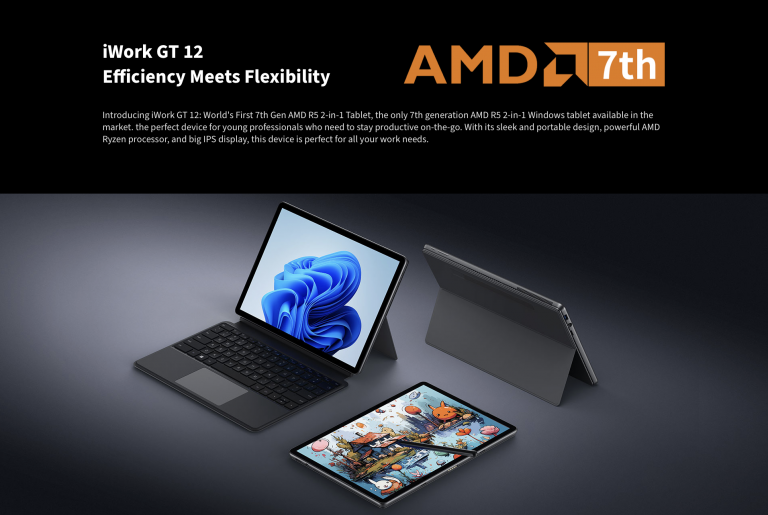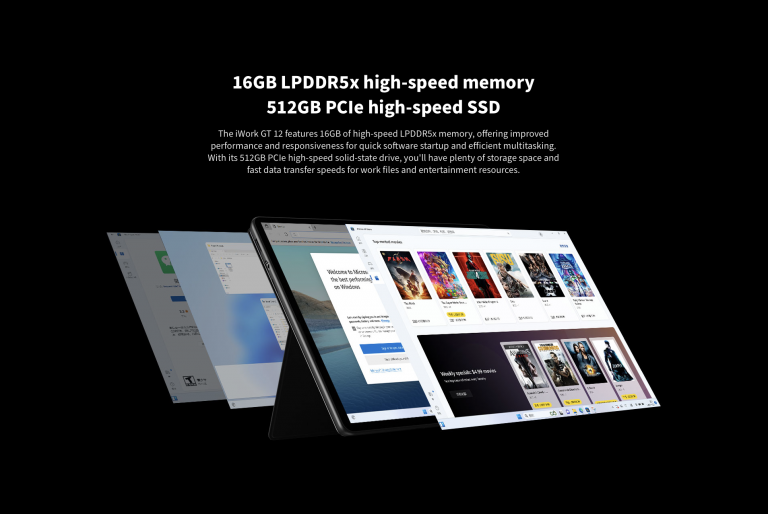As consumer preferences continue to evolve, there is a growing demand for lighter, more portable, and feature-rich mobile devices that can boost productivity. Within the expansive PC market, a new contender is emerging: the “next-generation PC,” which prioritizes portability, configurability, and sleek design. This shift towards 2-in-1 laptops and similar devices is injecting fresh vitality into the PC market and has the potential to rejuvenate it.

Leading the Charge: 2-in-1 Tablets
Foremost among these innovative devices are 2-in-1 tablets, blending slim profiles with versatility to cater to a wide range of user needs, especially within enterprise settings. They are gradually replacing conventional desktop setups in offices, streamlining IT device deployment. Beyond work-related functions, these devices offer a versatile recreational experience. Their appeal lies in their stylish, business-oriented design, setting them apart from traditional laptops and tablets. Many industry analysts anticipate that 2-in-1 tablets will become the go-to devices for the next generation of mobile office setups.

AI Takes Center Stage: AMD vs. Intel Market Showdown
In 2023, fierce competition persists in the mobile processor market between AMD and Intel. Intel has historically dominated this arena, but AMD’s Ryzen series processors have been steadily chipping away at its market share. Ryzen processors offer competitive performance and value, earning favor among users.

AMD’s Ryzen series processors not only deliver high performance but also incorporate innovative architectures, such as the AI-powered adaptive AI architecture AMD XDNA, the groundbreaking AMD CNDA architecture for data center GPU acceleration, and the AMD RDNA graphics architecture tailored for gamers. In the past, AI relied on rigid algorithms handcrafted by humans. Today, modern AI operates on neural networks, where data flows between neurons with varying weights, and machine learning fine-tunes the model through numerous training iterations to meet specific requirements.
AI now permeates daily life, influencing gaming, communication, interactions, and the way computers are created and utilized. With the imminent launch of the next-generation Windows operating system, AI is poised to drive innovation in Windows laptops. AMD, likewise, envisions AI as a pivotal force shaping the widespread technological advancements of the future.

Is AMD Entering the 2-in-1 Tablet Market?
The Alldocube iWork GT 12 2-in-1 tablet may mark AMD’s debut in the 2-in-1 tablet segment, showcasing the Ryzen 5-7520U processor. This product is readily accessible on Aliexpress and has already captured considerable attention. Featuring the AMD Ryzen 5-7520U processor, a 2K fully laminated display, a high-performance graphics card, and generous 16GB+512GB storage, it pledges an exceptional performance experience for users.

AMD’s Ryzen series processors are progressively making inroads into the 2-in-1 tablet market, with the Alldocube iWork GT 12 standing out as a formidable contender in this category. Its exceptional performance and dependable operation make it a promising addition to this growing niche.

In Conclusion: AMD vs. Intel – Who Will Prevail?
The outcome of the 2023 battle between AMD and Intel in the market will hinge on their ability to effectively meet evolving consumer demands and adapt to shifting market dynamics. Success will depend on their capacity to seize emerging opportunities and stay aligned with prevailing trends.

All Comments (0 comments)